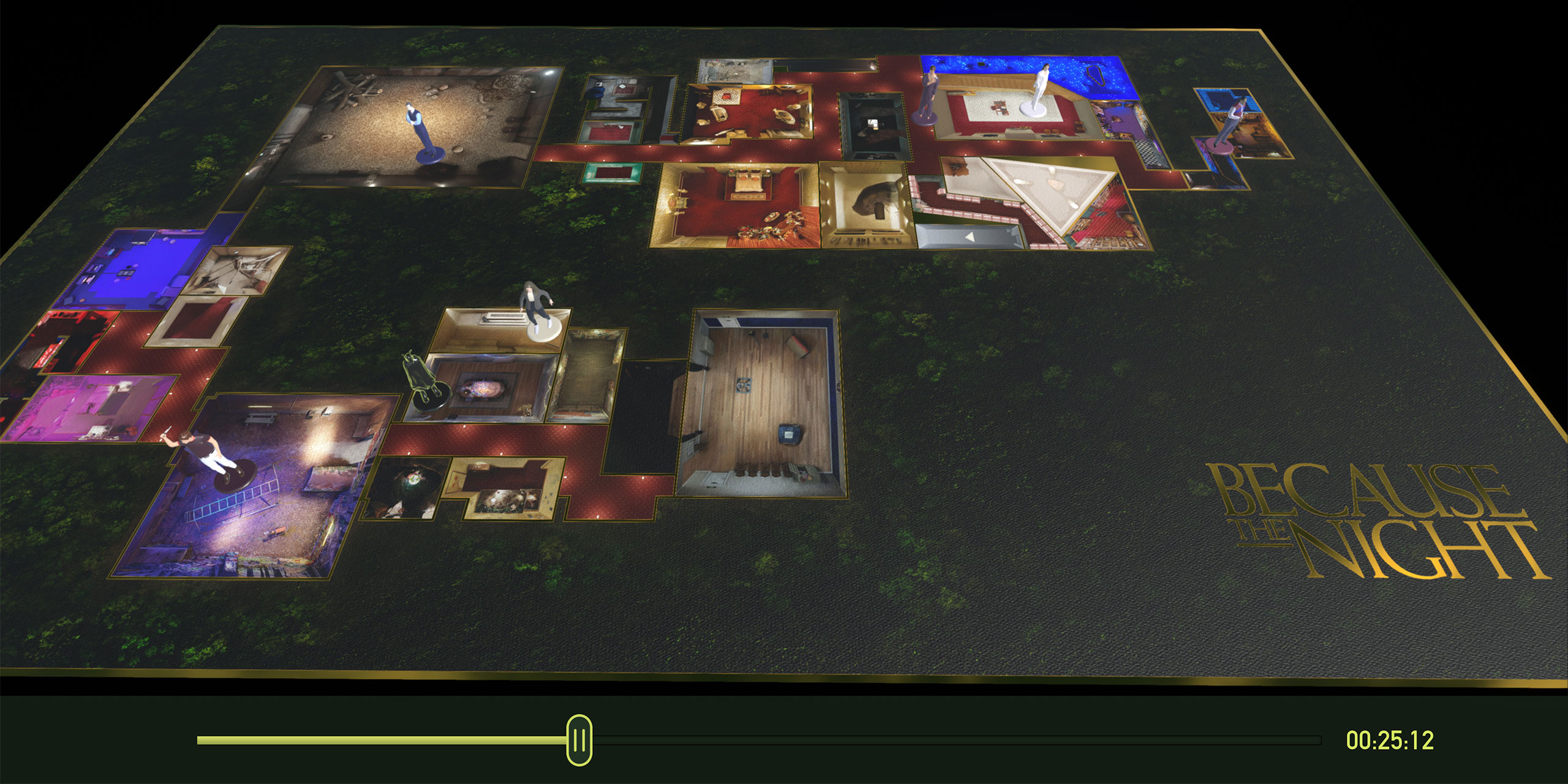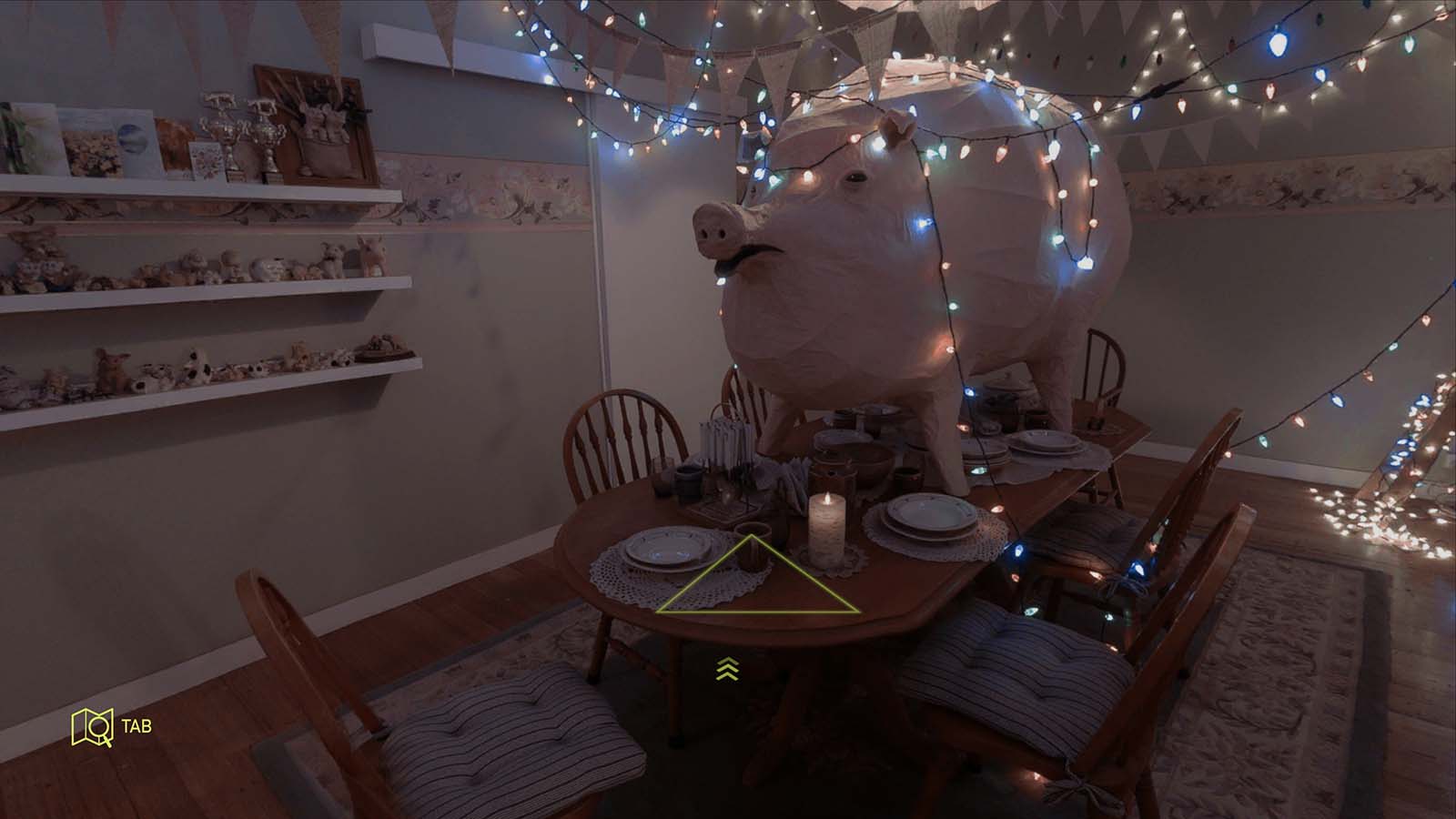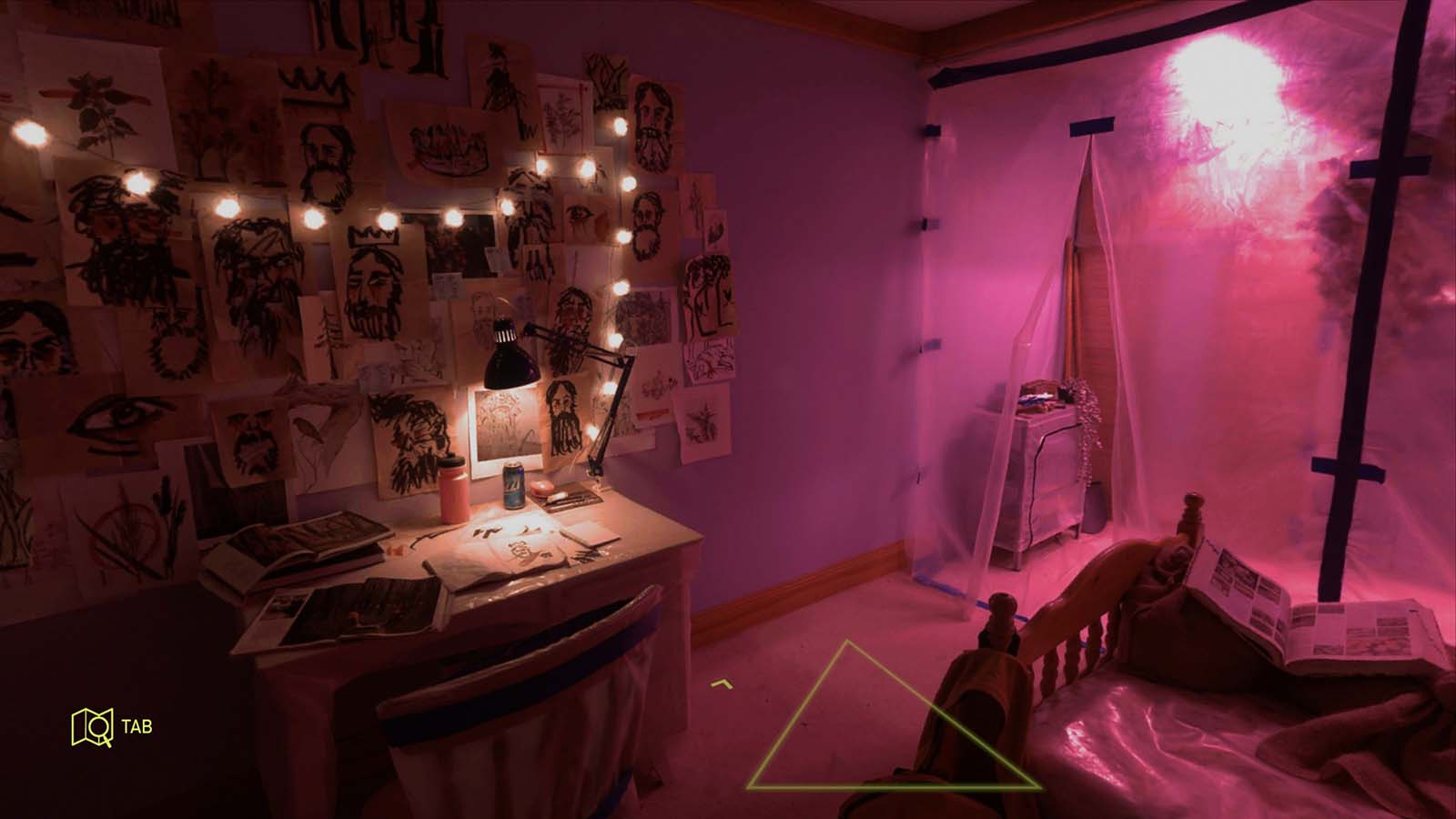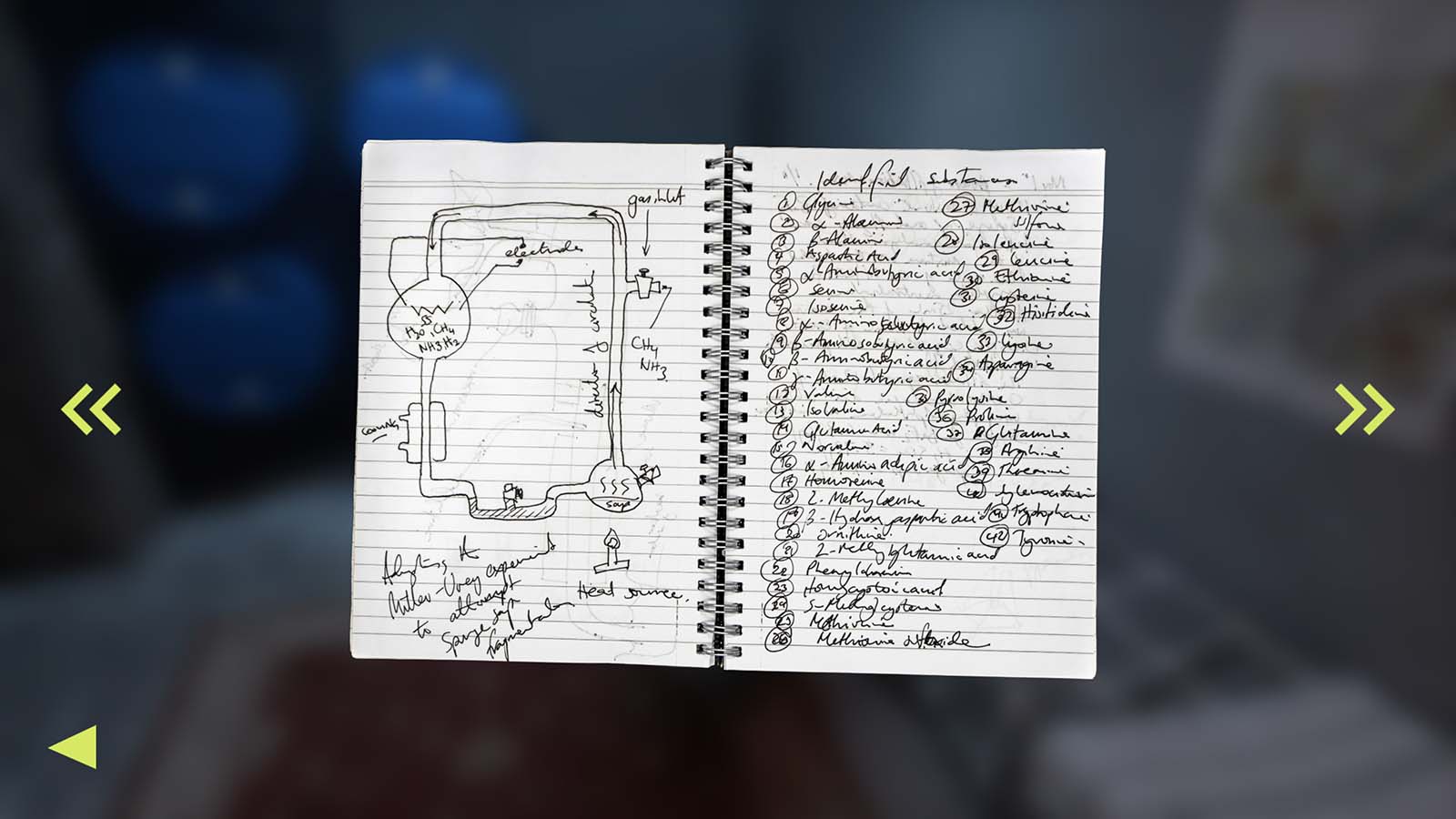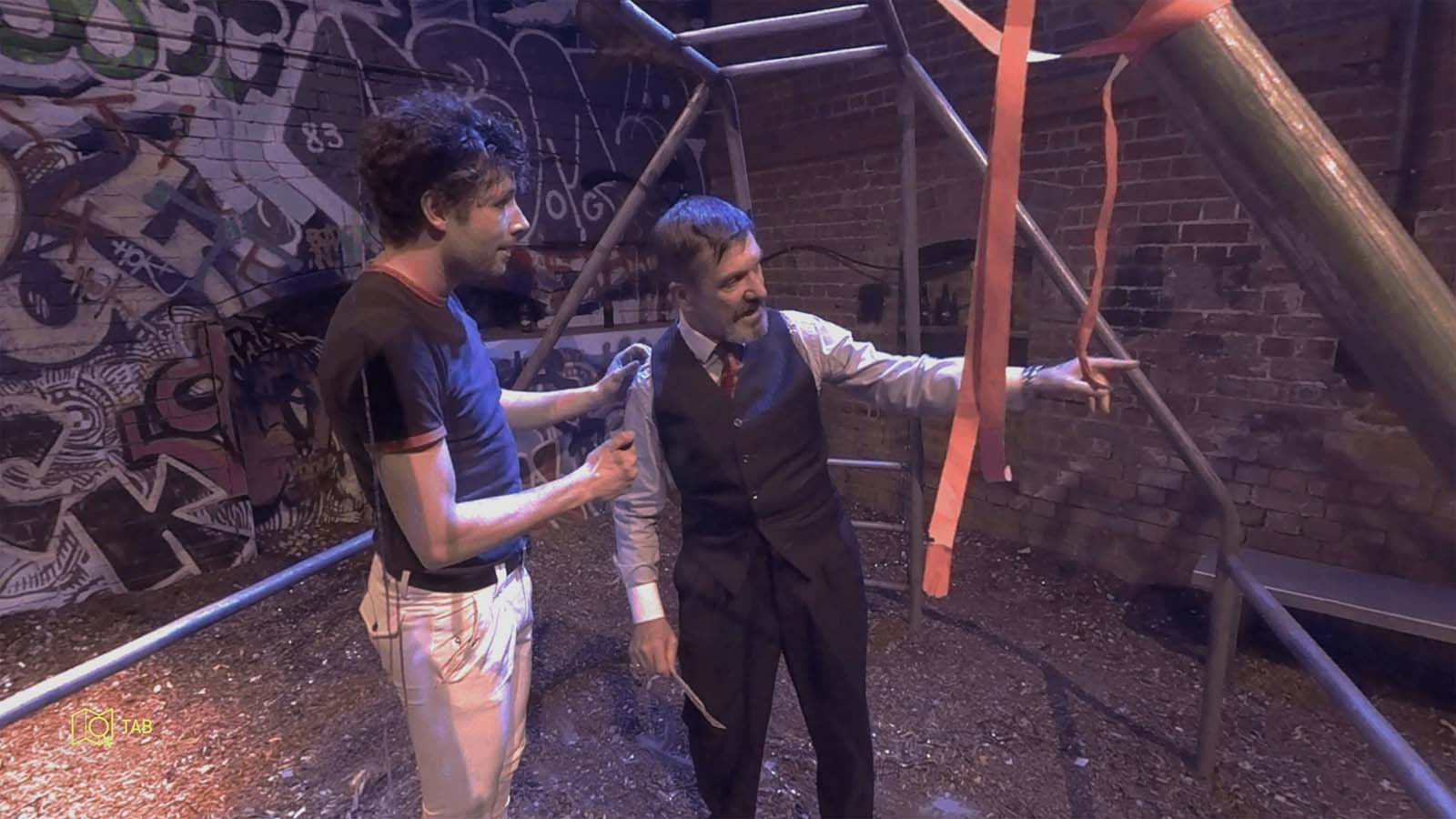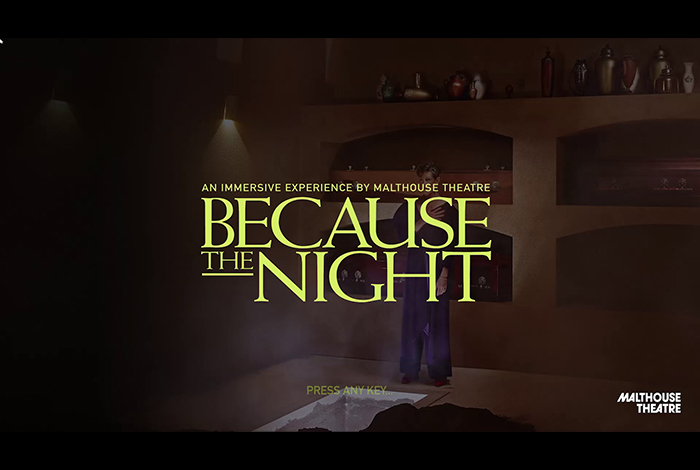This interactive digital archive utilises game design and game engine technology to map and transfer the affordances of audiences from the original immersive theatre play to a digital platform, leveraging the game engine’s innate affordances, including freedom of movement, spatialised audio, and user intractability. To deliver these outcomes, the project captured 360-degree video of the performance, music, images of props, and 360-degree photographs of the set, all embedded into a game engine system to authentically preserve the immersive, interactive, and ambient experience of the original production. The resulting system was able to successfully map several of the performances original affordances, including environmental exploration, spatially emergent narratives, object inspection and exploration, and interactive environmental challenges.
Immersive theatre is a diverse area of an even larger cohort of interactive theatrical performance styles. The audience, while not impacting the overall narrative, experiences a unique narrative that they construct through their journey through the stage. The various interactions audience members encounter and engage with can be understood through the lens of affordance, which has seen many recontextualisations, several of which remain relevant to immersive theatre. However, the archiving of immersive theatre also poses additional philosophical questions around art, performance, and preservation. While on a more pragmatic note, the archiving of immersive theatre presents technological and design issues that have prevented a holistic digitisation. These technical issues can be addressed by mapping affordances using technologies such as 360-degree videography and leveraging high agency frameworks, such as game engine technology.

